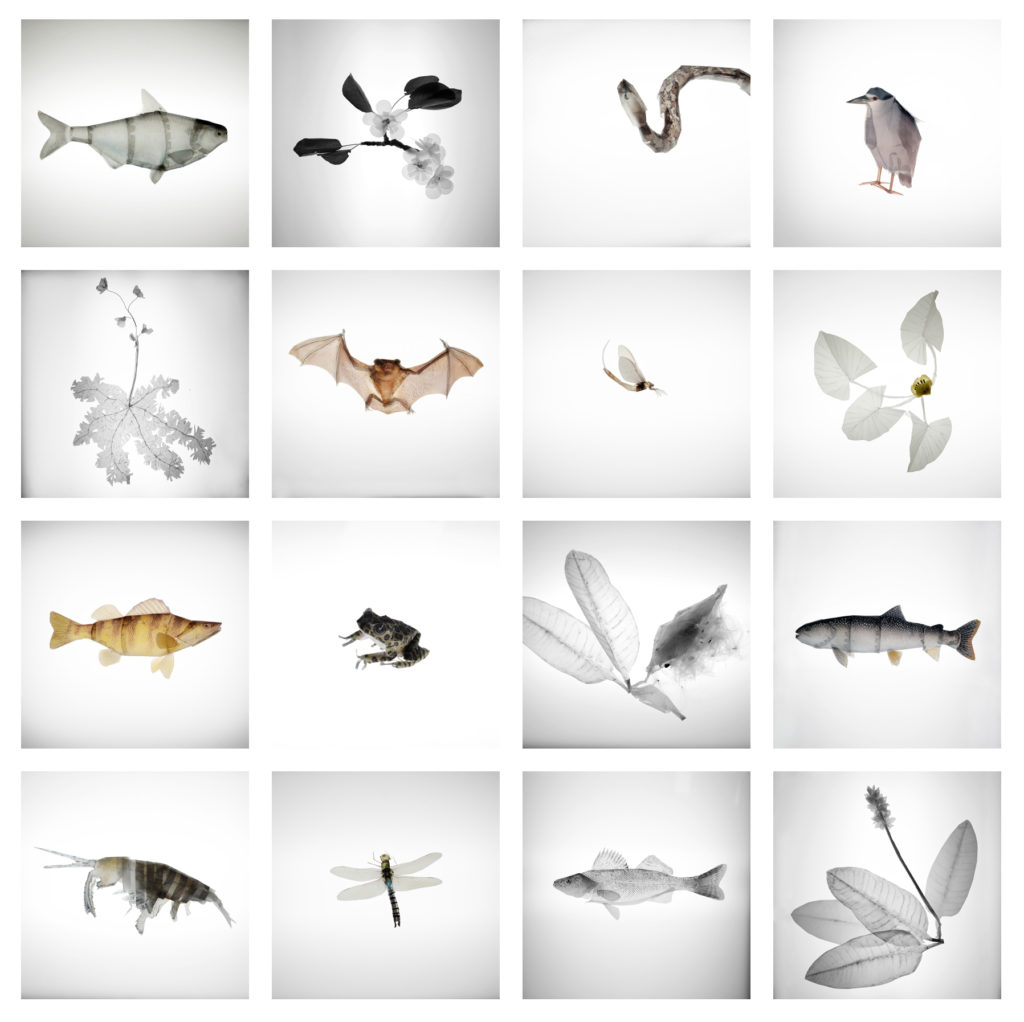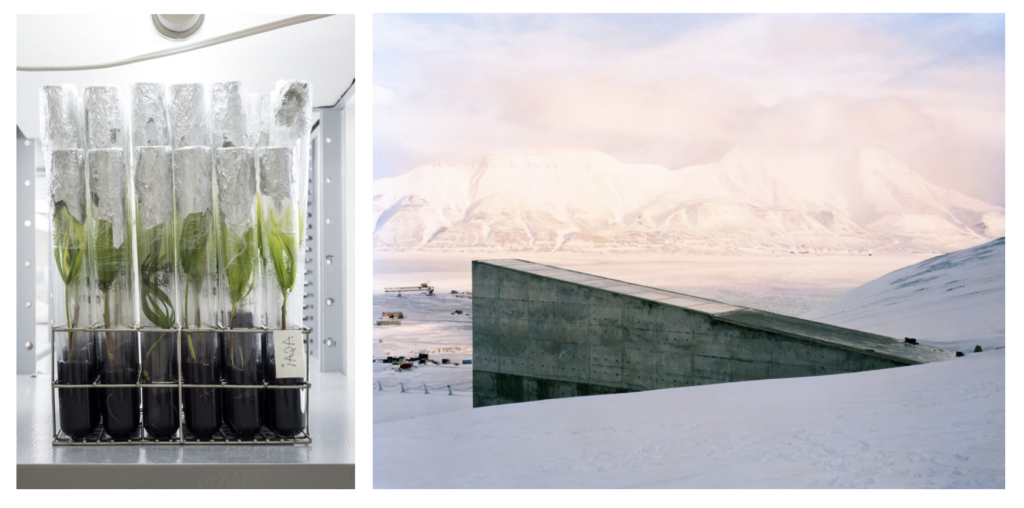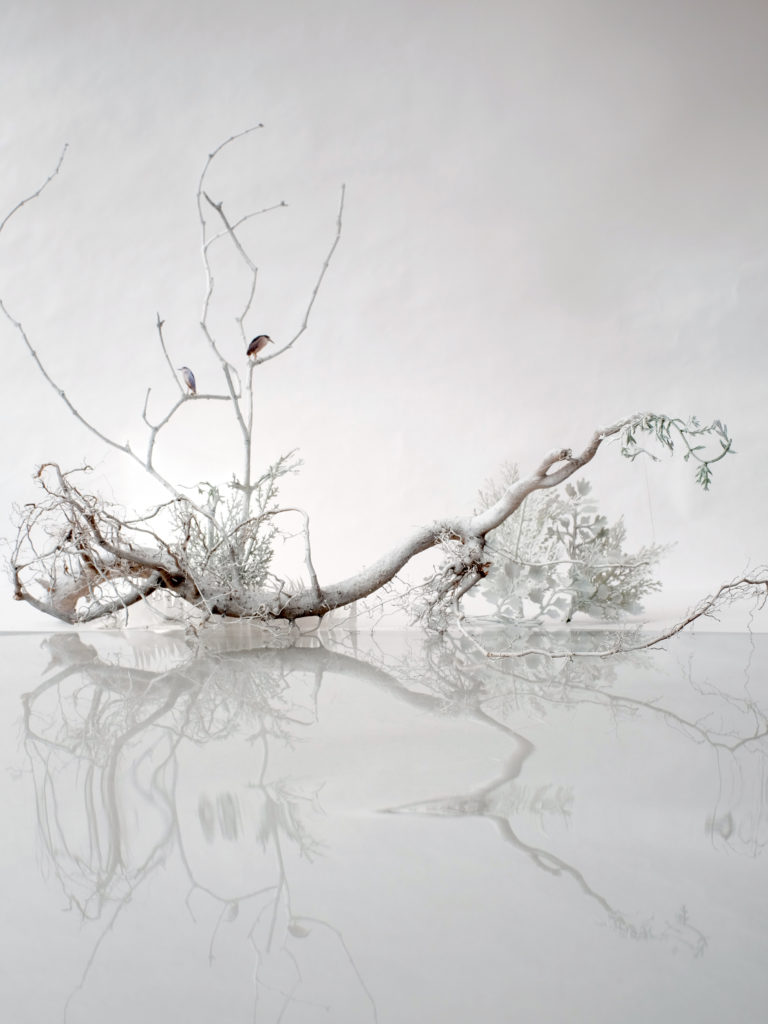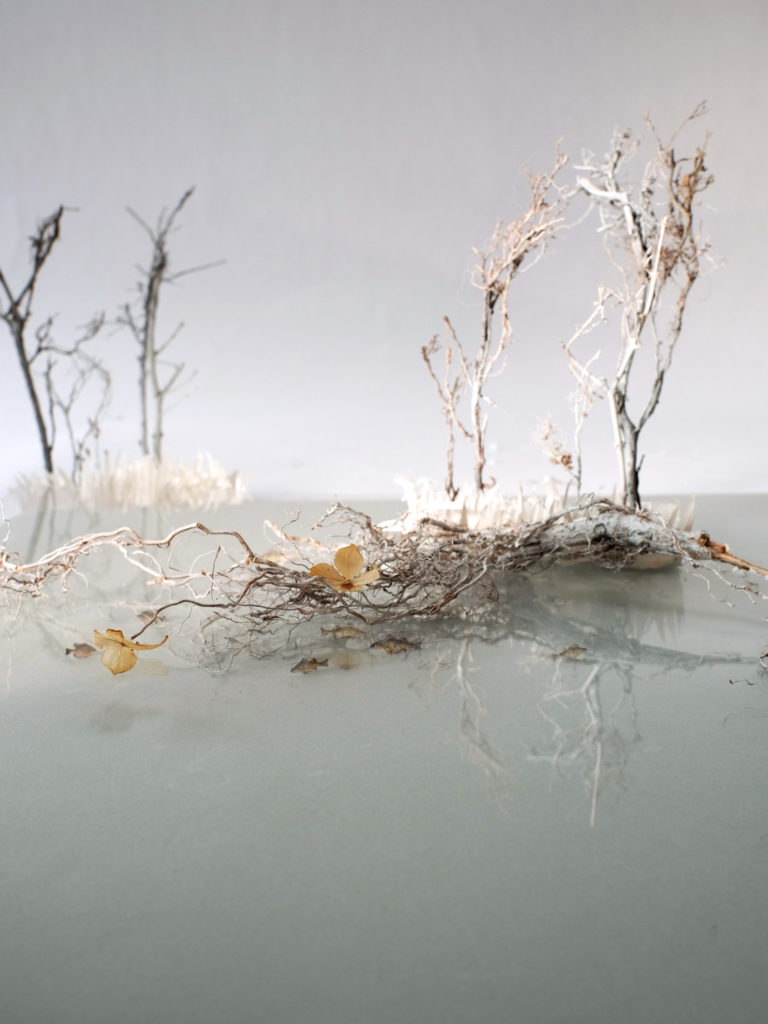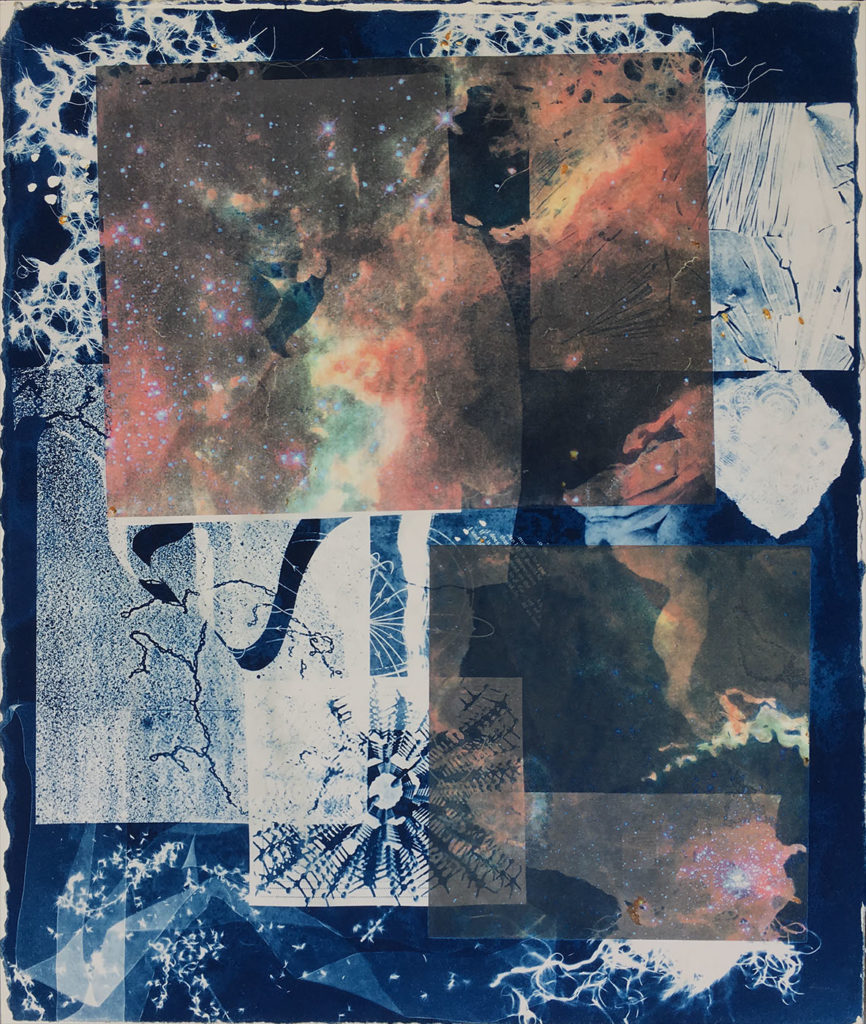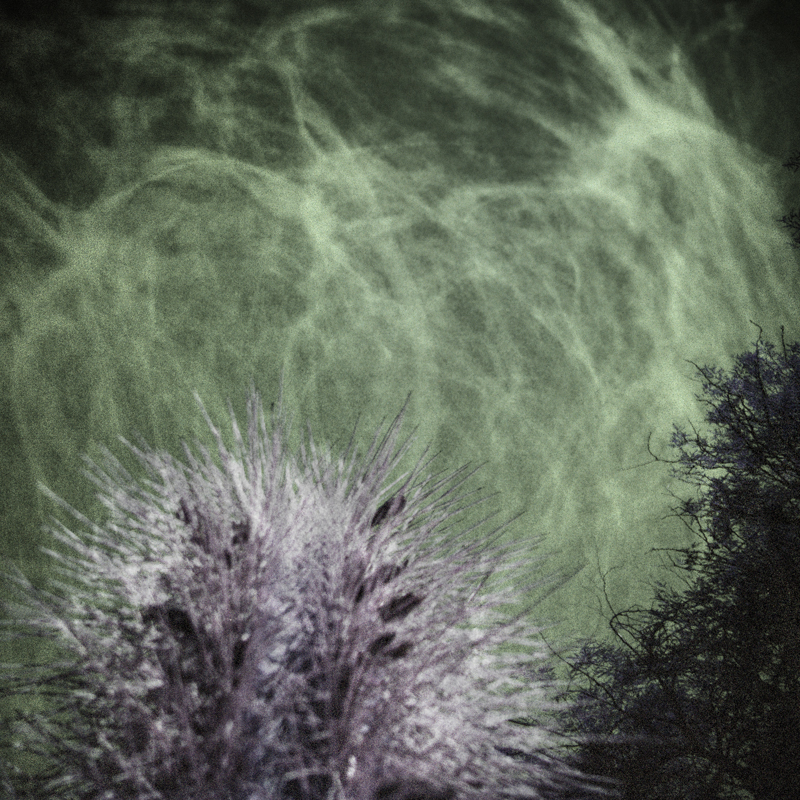Seeds, Great Lakes, and Light: Three Ohio Venues Focus on the Environment in Art Photography
Posted on November 5, 2020
In a global pandemic, the interconnected nature of humans and the environment across jurisdictional boundaries and bodies of water is blindingly clear. What’s also clear, in the current exhibitions at Dayton Art Institute, Rosewood Arts Centre, and 1628 Ltd., is how enduring, fragile, and essential that ecological connection is.
Archiving Eden: Dornith Doherty Photographs
Dayton Art Institute
Since 2008, photographer Dornith Doherty has kept her eye to seed banks around the world, traveling to 18 different vaults and research centers on five continents to see just how scientists are working to document and sustain quickly disappearing seed varietals—a typically less spotlighted, but hugely significant environmental crisis.
“She’s a photographer who is very much grounded in a landscape tradition, but with a lens toward preservation,” says Katherine Ryckman Siegwarth, Kettering Curator of Photography and Special Projects. “This project is very much in line with a lot of her other work. It is really compelling in part because so few people actually know about seed banks, and yet it’s insanely relevant—especially in this pandemic.”
Doherty’s project is many-layered. “She takes photographs of the interior scenes of the banks, showing the very scientific, meticulous places that these worlds exist. Some of those photos also show the process of sorting, of weighing, of some of the equipment,” says Siegwarth. “In the more lyric compositions, she is using the on-site X-ray equipment that the scientists use for seed viability tests. She is using their equipment to create X-ray images that she then takes home and uses to create, in most cases, a digital collage.”
In this reverence for the science, “even the more philosophical feeling photographs still maintain that scientific accuracy and have that stem,” says Siegwarth. “But there are all of these other things she’s referencing within the images. The blue references Anna Atkins and this whole realm of women being relegated to depicting botany because they weren’t allowed to take classes with nude people.”
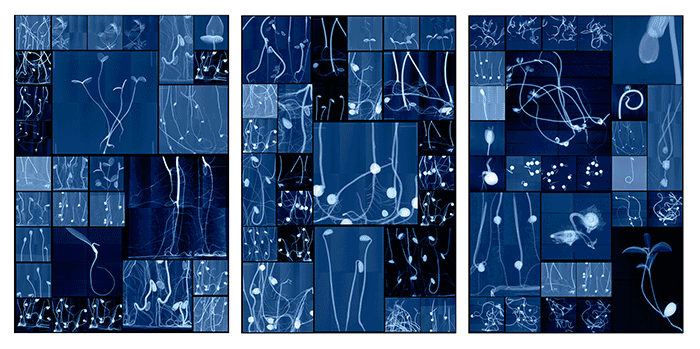
It being a global, historical ordeal is really at the heart of the work, and of seed banking to start. “There’s one work called Columbian Exchange, and that refers to how, when Columbus came over to the Americas, he set off a huge fire storm that changed the global structure of how we trade, what we trade, and what moves around the world, which includes plants, fungus, and disease,” says Siegwarth. “It’s a very contemporary show, but I think it’s very important, for Dornith, to see the historical aspect of seeds in our culture, and the role of humanity—that how we’ve drastically affected biodiversity and ecology is a millennia-old tradition.”
And as is past, so is future when it comes to human impact. “The show is about a global imperative to safeguard our future, and each one of us should be aware that, one, this exists, and that there’s a reason that it exists,” says Siegwarth. “The show is not trying to tell people there’s one direction. The works are a very open-ended entry point into a larger discussion. But when you look at a statistic, it is very hard to conceptualize. But to take it down to a single seed, and an image? It really helps ignite the imagination for people to think about what potential seeds have—and what our role is and what their role in our future is.”
Erie: Lost and Found
Rosewood Arts Centre
“It’s this beautifully quiet work,” says Paula Willmot Kraus, Gallery Coordinator for City of Kettering Parks, “but it’s really shouting in so many ways.” The work in question is Lori Kella’s, which the artist describes as looking at the “fragility and resilience of this complex ecosystem” in the Great Lakes. But there’s imaginative sleight of hand in her work, an uncanny sort of tension. Because they are not photographs of the wilds, as a cursory glance would suggest: Kella uses vellum and soap and paper and wool to craft verisimilitudes of lost species and habitats. “She creates these really elaborate dioramas that are then beautifully lit and photographed, that take you to another place. You really feel familiar with this landscape, even though you know it’s fabricated,” says Kraus. And the works reward time spent in their company, with an abundance of subtle layers and elements. (Kraus notes the fish under the surface in Habitat Restoration, below.) “Part of it is that desaturating the color palette makes it feel a little ethereal, says Kraus. “Not like winter, but that but there’s something haunting.”
The exhibition comprises two connected gallery rooms, one of which hosts Kella’s ghost species series, individual photographs of Kella’s handmade flora and fauna. “They are these beautiful portraits of things and critters that you don’t know if they’ll be around much longer,” says Kraus. “Lori describes it in her statement as: these may be the only reference to them that we will be left with.” The other room holds Kella’s diorama work, many of which incorporate the elements created as ghost species.
“I think it’s an important show in Dayton,” says Kraus. “It’s a large body of work. She really put her heart and soul into it.” The photographs, it bears noting, are substantial in size. Says Kraus: “They’re beautiful online, but seeing the work in person just knocks it out of the park. But we made everything virtual so people can see it, whatever their comfort level.”
Watch a video showcase of the exhibition.
Close Contact: Photography, Nature, and the Alternative Process
1628, Ltd.
Primarily a co-working space in downtown Cincinnati, 1628 Ltd. operates something of a nontraditional gallery, bringing in artwork to create an inspiring space for those working, and enlisting University of Cincinnati co-op students as curators each semester. On of those co-op students, Lauren Darpel, developed the current first-floor exhibition around alternative photographic processes and the interplay of light and nature in photography, or per the exhibition language, how “photography is connected to nature not just as the photographic subject, but in its dependence on light [as it is] captured and recorded to create an image, so the natural world can be captured in real time.”
“It’s an exploration of the artists’ understanding of nature and their own body,” says Annabel Biernat, lead art curator for 1628 Ltd. “There are cyanotypes, photograms, photographic collages. It’s a lot about experimental photography.”
They were ahead of the 2020 curve in the virtual landscape: “With every show, we do a virtual scan of our facility for accessibility reasons,” says Biernat, in reference to them being a membership coworking space, “but now that is also obviously a little bit more prominent to make the show as accessible as possible.”
Watch a video showcase of the exhibition.
